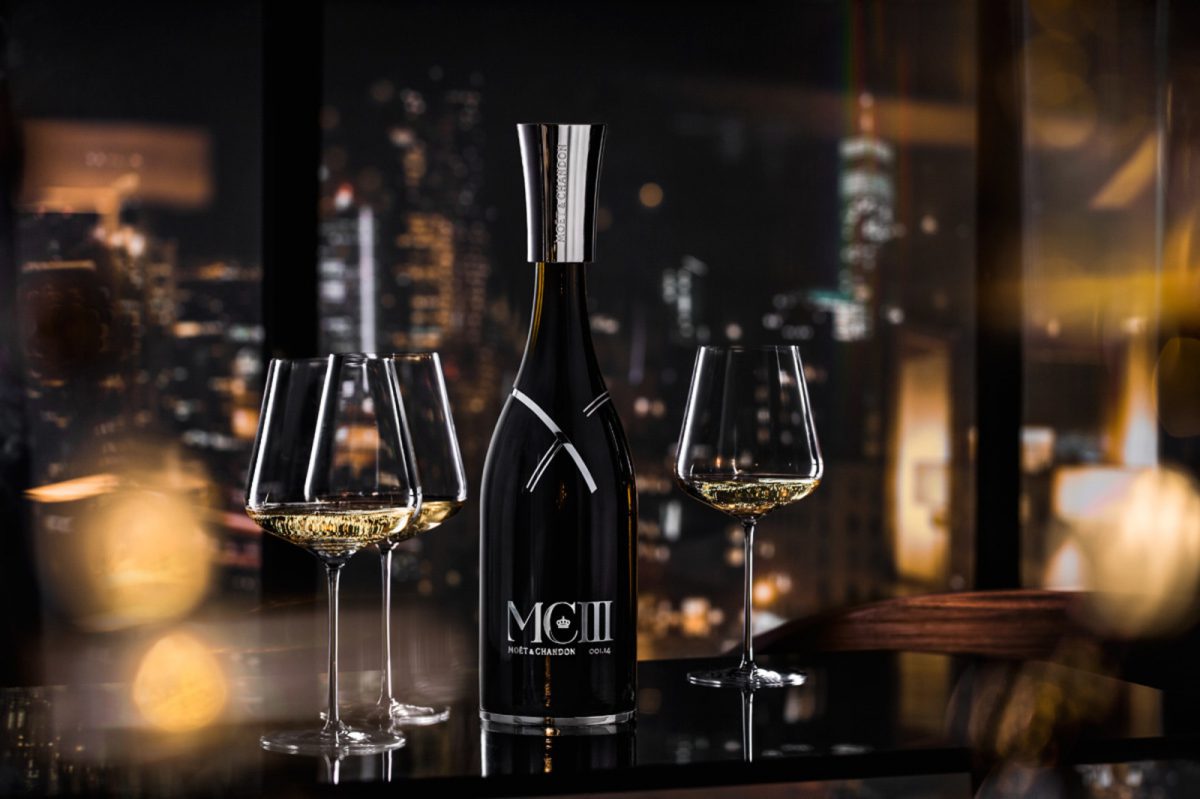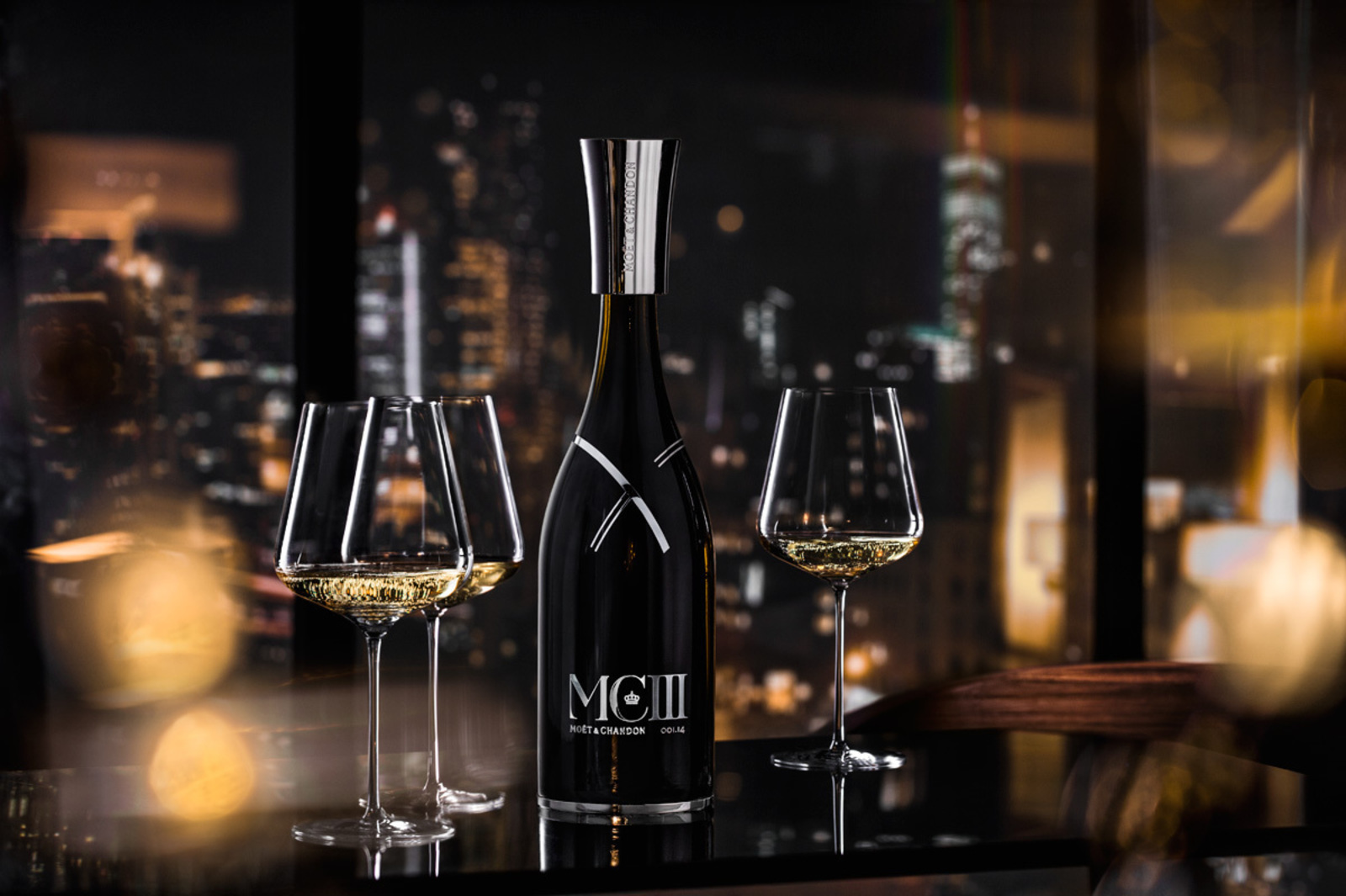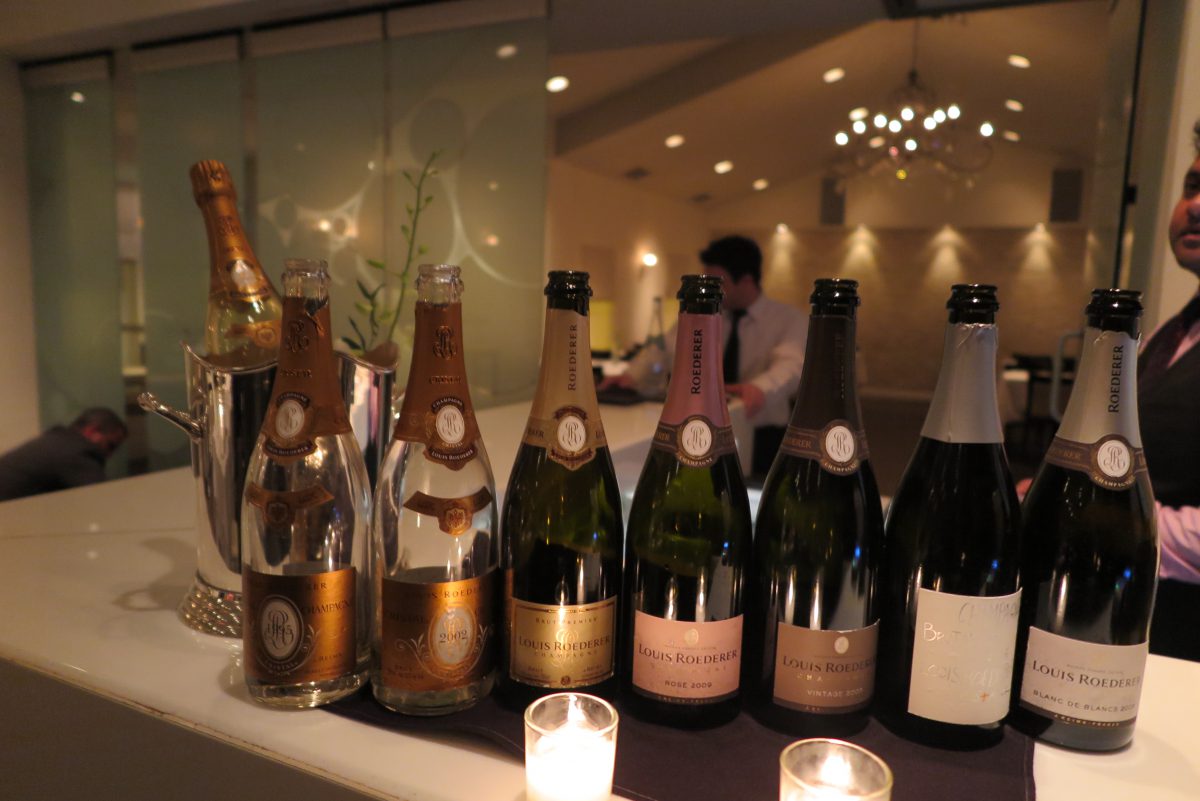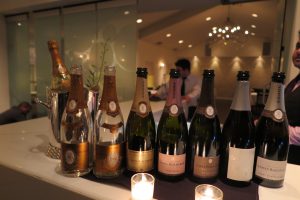 This week Armand de Brignac launches a new cuvée — Blanc de Noir Ace of Spades made of 100% Pinot Poir at Harrods, London.
This week Armand de Brignac launches a new cuvée — Blanc de Noir Ace of Spades made of 100% Pinot Poir at Harrods, London.
Blanc de Noir Ace of Spades sells for the hefty sum of £695 per bottle and is presented in a dramatic gunmetal bottle.
There is a limited production of 3,000 bottles with 240 being allocated exclusively to Harrods.
“A marvellous strength of the Blanc de Noirs is its versatility; it can truly be enjoyed on its own, but it will also be the perfect wine for an entire meal. This is a very sophisticated wine for the pleasure of a lucky few,” comments Gerald Loparco, a representative for Armand de Brignac. “Harrods has a global reach and an unmatched reputation for excellence, so we thought that our common philosophies and traditional approach with a modern twist was the perfect match for this worldwide exclusive launch,” Gerald adds.
Liz Palmer







